How to Clean Your Oven
This post may contain affiliate links. If you purchase through links on our site, we may earn a commission.
How to clean an oven quickly is one of the biggest questions I get via email. In this post, we’ll talk about different methods using vinegar, baking soda, lemon, and the self-clean method and talk about the pros and cons of each method.
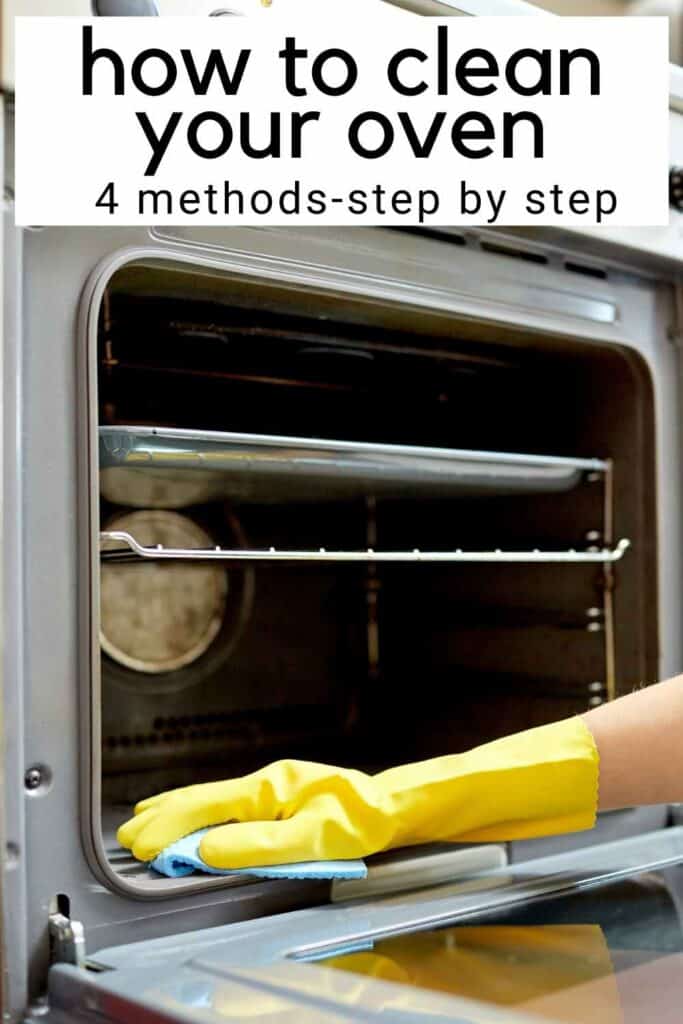
Why Do Ovens Get So Dirty?
When cooking in your oven, liquids and fats vaporize and can leave a build up on the interior. Combine that with occasional splatters and spills and it’s no wonder the inside can get dirty quite quickly!
After you read this tutorial, don’t forget to come back and learn how to clean a dishwasher, remove and prevent fingerprints on stainless steel, and learn how to clean a Keurig coffee maker!
Cleaning Methods
There are many methods to get the job done, we’ll talk about a few different ones and the pros and cons of each.
First, here are some of the supplies you might need. (affiliate links below)
- rubber gloves
- cleaning cloth
- scouring pad (I use this natural eco-friendly one from Public Goods.)
- vinegar
- baking soda
- lemons
- old newspapers or paper towels to protect the floors
- oven cleaner
- safety glasses (only for using with store-bought oven cleaner, the other methods do not require these)
Kitchen need a deep clean? Check out our 8 Day Kitchen Cleanup!
Self-Cleaning Mode
Many people first turn to the self-cleaning function on their oven when cleaning it.
The self-clean cycle is a time-saving convenience feature. The oven is cleaned by heat, at temperatures above normal cooking temperatures. During the cleaning cycle the oven is heated to about 880 degrees Fahrenheit (471° C.). At this temperature, food soils inside the oven decompose, leaving behind a small amount of ash. The leftover ash is similar to cigarette ashes, and wipes out easily with a wet cloth.
GE Appliances
The problem with using the self-cleaning mode is, well, it stinks. There’s no way around it. Burning off all that grime can make your entire house smell and can even be dangerous due to carbon monoxide and teflon fumes.
The Texas Poison Control actually recommends leaving the house along with your pets during cleaning, although this too could pose a fire risk ad most manufacturers advise to not leave the it unattended during self celaning.
The self-cleaning mode is also only safe if you have a moderately dirty oven. Extremely dirty ovens can cause a lot of smoke or even fire if the self-cleaning mode is used.
Store-Bought Cleaner
Store-bought oven cleaners (affiliate link) can be very effective but they are also very caustic. People sensitive to harsh chemicals should definitely avoid these cleaners. They also emit a lot of fumes in the home so they are not my first choice.
If you do choose to clean with a store-bought cleaner, be sure to follow the bottle directions completely.
Baking Soda and Vinegar
My favorite method (if one can have a favorite way to do the most dreaded chore!) is with my stand-bys baking soda and vinegar.
This method can sometimes take some patience and elbow grease but you avoid harsh chemicals and keeps your home from smelling.
- Remove everything from the oven, including the racks. (See below for how to clean oven racks.)
- Lay newspaper or some other protective covering under the oven to protect the floors.
- Mix 1/2 cup of baking soda with 3 tablespoons of water in a small bowl to create a spreadable paste (add more water or baking soda as needed to thin or thicken the paste.)
- Put on gloves (affiliate link) and spread the baking soda paste around the inside of your oven, covering the back, sides, bottom, top, door, corners and all of the crevices. If you have an electric oven, don’t put paste on the heating elements. For a gas oven, do not put the paste where the gas enters the oven.
- Allow the paste to sit at least 10-12 hours, I usually apply it in the evening after the oven is cool from dinner and let it sit overnight.
- After it sits put on your gloves and wipe out the inside of the oven with a damp cloth. Be sure to rinse the cloth often. For stubborn stains use a scouring pad or other abrasive sponge to scrub, you can also use a spatula to scrape stubborn areas.
- For stubborn areas where the baking soda won’t come off spray with vinegar and allow it to react and foam, then wipe away. Be sure to remove all of the baking soda residue from the oven and allow to dry before replacing racks.
How to Clean Racks with Baking Soda and Vinegar
- Place the racks in a basin, sink, or bathtub.
- Sprinkle liberally with baking soda and pour white vinegar over the top. Allow the mixture to foam.
- Once mixture stops foaming, plug the sink or tub, etc and fill with very hot water to cover the racks.
- Allow the racks to soak 10-12 hours or overnight.
- After soaking remove the racks from water and scrub with a cloth, using a scouring pad on any tough areas. Dry thoroughly before returning to oven.
How to Clean an oven with Lemon
Cleaning with lemons is similar to cleaning your microwave with steam. It is a good method when it is not very dirty and when the racks do not need to be cleaned.
- Preheat oven to 250 degrees Fahrenheit.
- Fill a medium oven-safe bowl 2/3 full with water. Slice two lemons in half, squeeze into the water, then place the lemons in the bowl also.
- Place the bowl on a rack and allow to sit for one hour.
- After one hour, turn off and vent oven door slightly to allow it to cool.
- When oven is cool enough to safely touch (but still warm) remove the bowl and wipe the interior with a damp cloth, using a scouring pad on any tough spots.
FAQs
There are three things to look for to indicate it is time to clean:
Appearance: Can you see residue or buildup on inside or on the door?
Smell: Does it have an odor when you turn it on?
Smoke: Smoke is a sure-fire sign it’s time to clean the oven, as buildup inside is causing it.
I have a full tutorial for how to clean oven glass here, including how to clean in between the layers of glass.
There are a few things you can do to keep it cleaner and prevent buildup that requires cleaning: (affiliate links below)
Use an oven liner to protect the bottom of the oven from spills and splatters. These liners are much easier to clean than the oven itself and can save a lot of time and headache! Be sure to check your oven manual for compliance.
Use roasting bags when cooking to protect the oven from spills and splatters as well as contain the vapor of liquids.
Check as you cook to catch any overflow or spills before they occur.
Clean quickly to reduce buildup. If you do notice a spill clean as soon as it is cool enough to do safely so it doesn’t harden and build up.

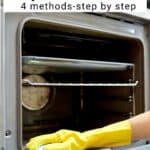

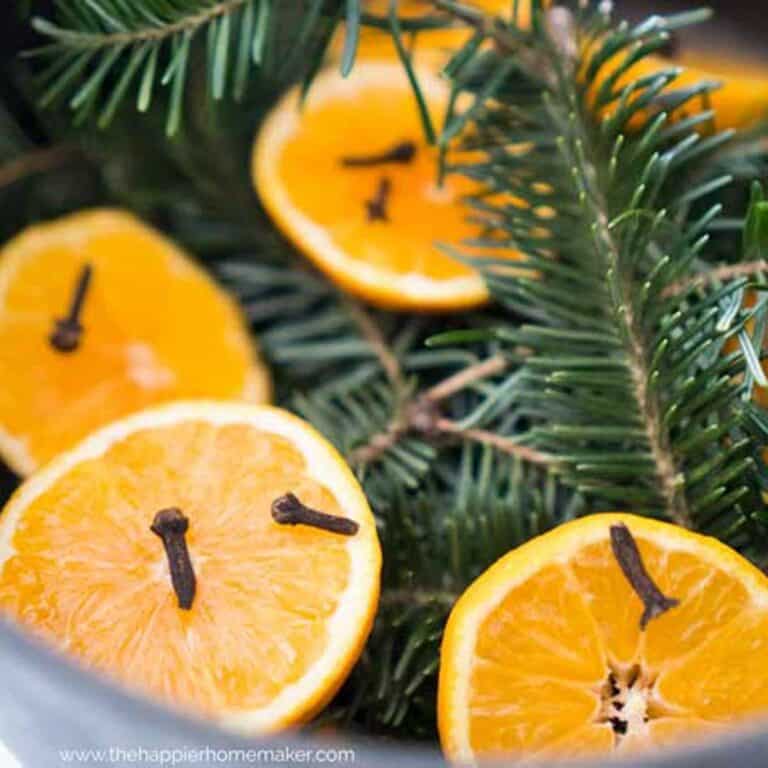
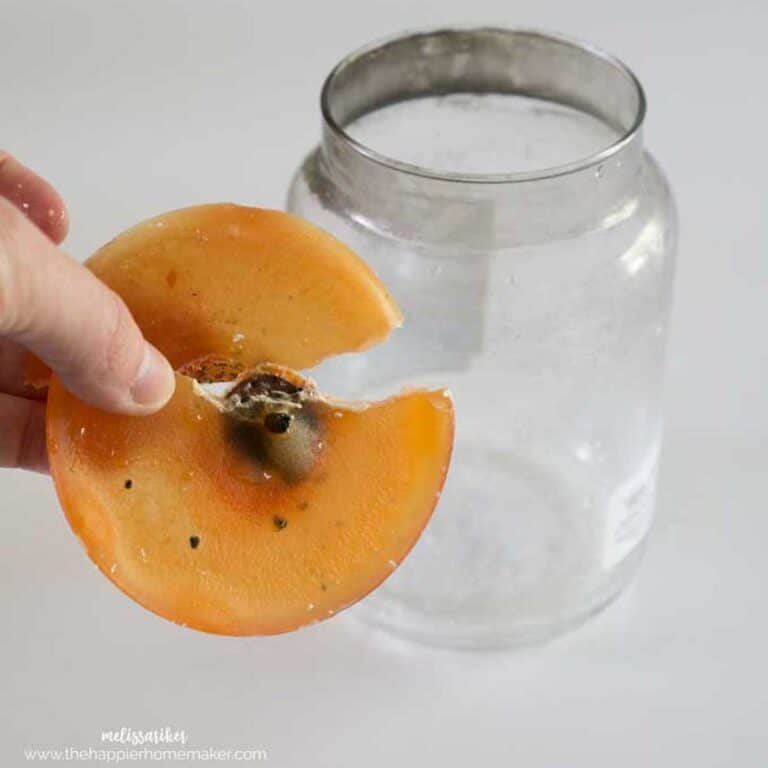


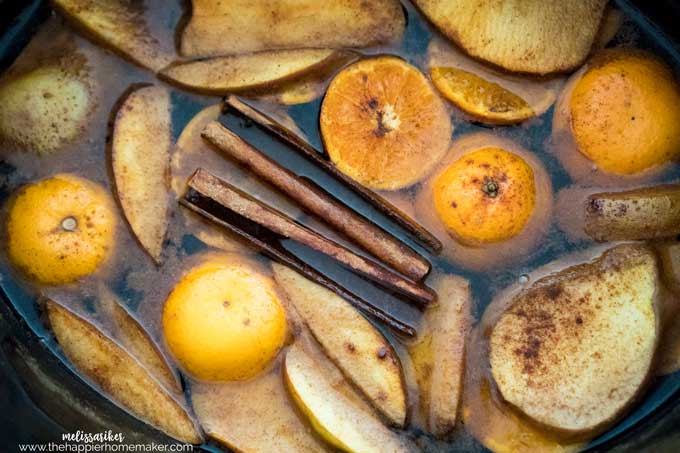
This work’s AWESOME!!!!!! I was ready to buy a brand new stove/oven….. but I didn’t know I could clean in between the glass!!! Wow! What a difference! Saved me 700 dollars, AT LEAST! Thanks sooo much!